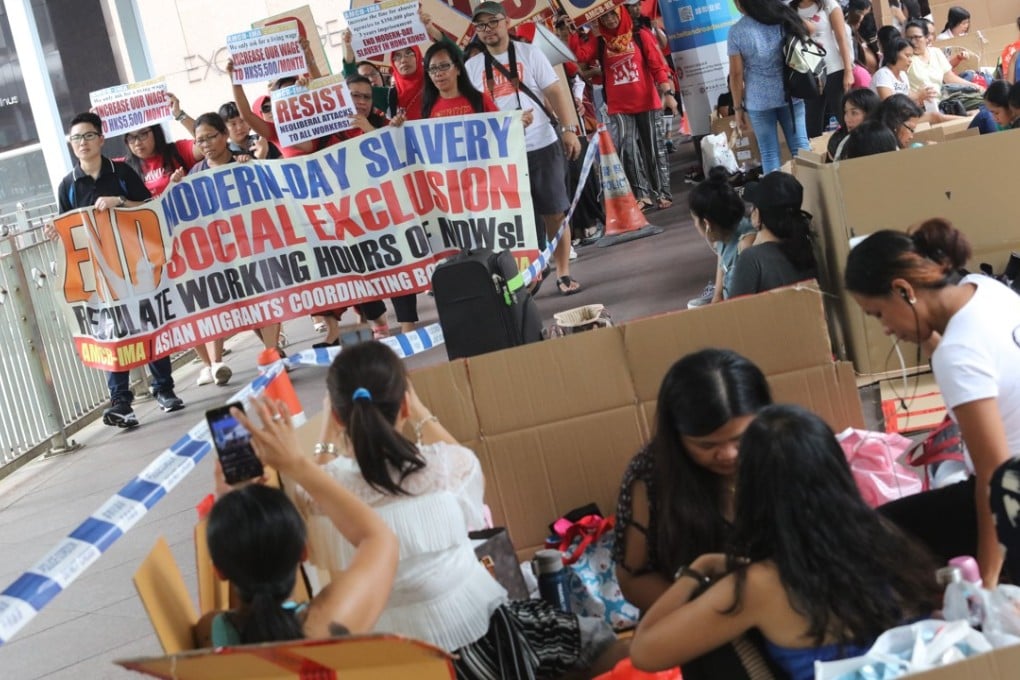Hong Kong must stop clinging to the fiction of racial superiority and treat foreign domestic helpers with respect
Anson Au says Hong Kong people’s racial prejudice against Filipino and Indonesian helpers must give way in the face of evidence that race is essentially a social construct

Behind the colour of our skin lie many assumptions: heritage, attitudes, dispositions, languages, identities
Marrying a white-skinned partner is traditionally seen as a necessary improvement to one’s social standing and status. West is best.
The core beliefs behind both perspectives are the same: that social differences are inherent to race and that race is immutable, obvious and stamped onto the shade of one’s skin. Behind the colour of our skin lie many assumptions: heritage, attitudes, dispositions, languages, identities. This ideology hides an uncomfortable and not-so-obvious truth: that race itself is a social construct.
Not all white: how K-pop and Asian hip hop made tanned look popular with some subcultures
Just last month, researchers at the London Natural History Museum recreated the appearance of Cheddar Man, famously Britain’s oldest complete skeleton dating back over 10,000 years. He was what we would today call black, shattering commonly held beliefs that British people have always been, are, and will be white. Tom Booth, an archaeologist who worked on the project, said: “It really shows up that these imaginary racial categories that we have are really very modern constructions, or very recent constructions, that really are not applicable to the past at all.”
